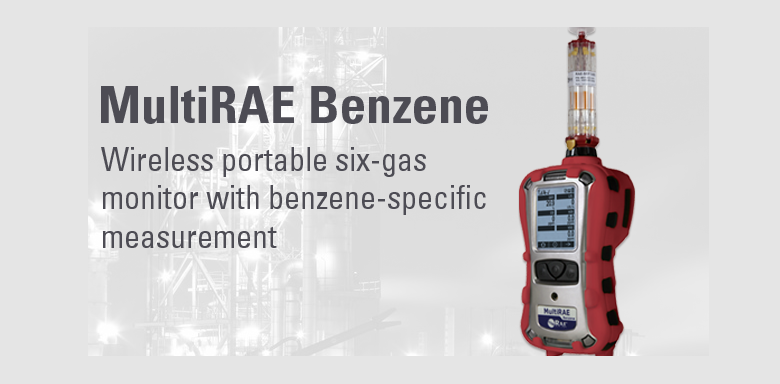
The Future of Wireless Gas Detection and Benzene Monitoring Is Now Here!
RAE Systems’ MultiRAE just got better The MultiRAE Benzene multigas monitor is a groundbreaking new development for gas detection. The new MultiRAE Benzene is the industry’s first wireless portable six-gas…
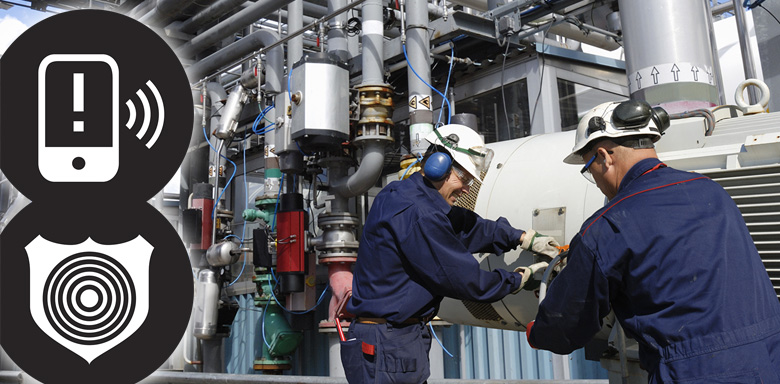
Intrinsically Safe for Hazardous Areas – Understanding the technology
The phrase “Intrinsically Safe” is often used generically to describe products destined for hazardous (explosive) areas. This post explores the term “Intrinsically Safe”, provides an overview of what is required…
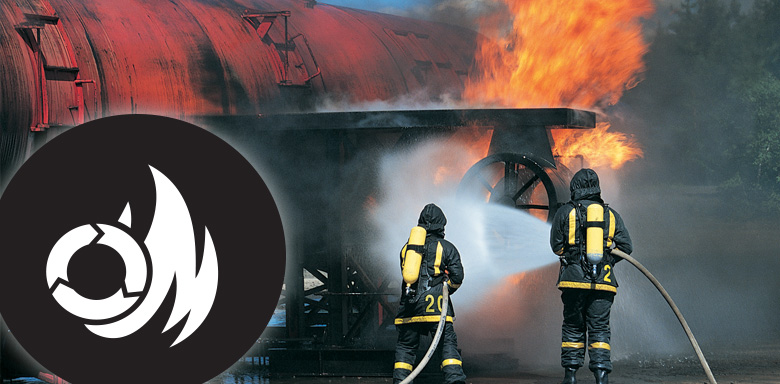
With today’s technology, why do major pipeline incidents happen?
With today’s technology, why do major pipeline incidents happen? On Sept. 9, 2010, a natural gas pipeline explosion in San Bruno, California, killed eight people, injured 58 and destroyed a…

Total Cost Of Ownership: The Difference Between A Consumer Tablet Versus A Rugged Tablet
Xplore Technologies is often asked: what is the difference between a consumer tablet and a fully or ultra-rugged tablet PC? For most, a consumer tablet works best for entertainment and…
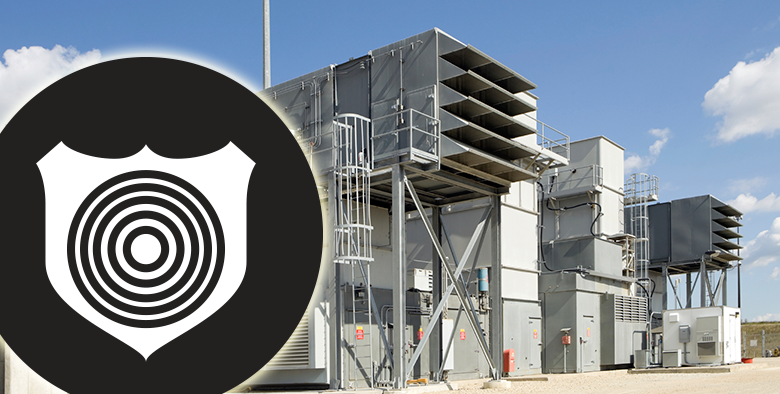
HVAC Gas Detection Strategies
Unprotected facility ventilation systems can transport combustible and toxic gases from a source area to other parts of the building, bringing the dangerous substances into non-hazardous areas. HVAC gas detectors…
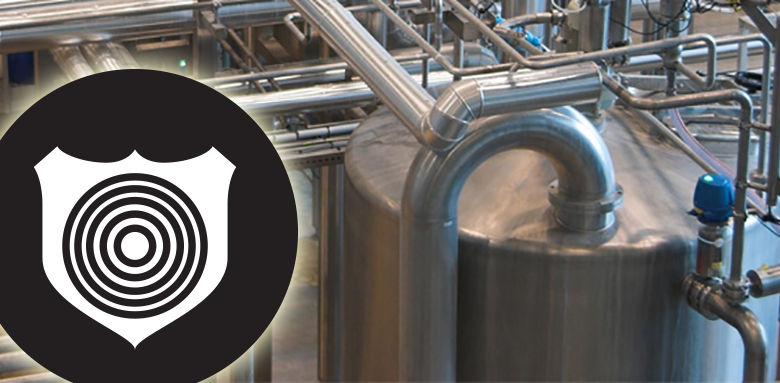
The Principles of Detecting Refrigerant Leaks
Leak detection such as Honeywell’s commercial gas detectors ensure that a leak of refrigerants will not harm people or assets. Various sensor types and detection systems can enhance the effectiveness…
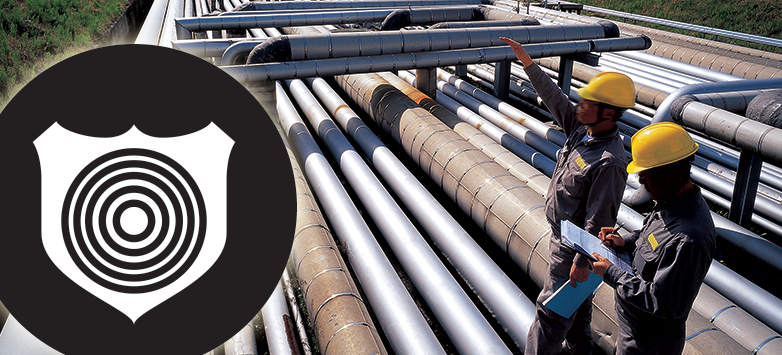
Temporary Area Gas Monitoring 101
Area monitors can be placed to create a buffer between hazards and people, so they know what they are heading into or what is coming their way. Temporary area monitors,…
IEC 61511 Based Design for SIL2 Gas Detection Systems Monitoring Hydrocarbon Storage Tank Systems
From conceptual design stage to operations and maintenance, this whitepaper covers all aspects in detail of the process behind a quantified and standards-based gas detection system design. The design of hydrocarbon…

Hazardous Area Gas Detection
Protecting personnel, assets and the environment are the highest priorities for manufacturing and industrial plants the world over, from chemical and petrochemical facilities to water and wastewater treatment sites. In…
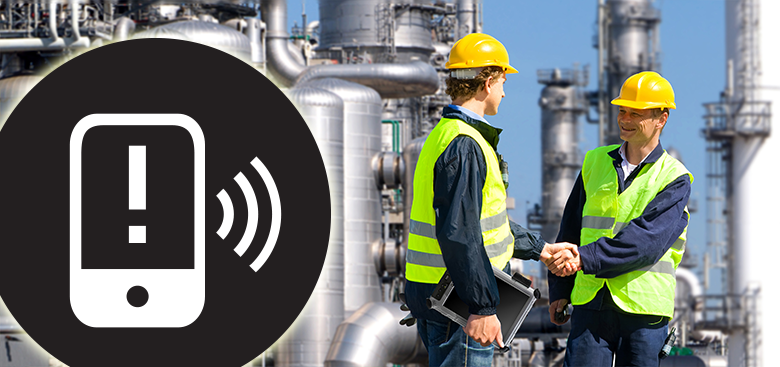
Industrial mobility devices revolutionize oilfield rental fleet management and maintenance
Utilizing hazardous area tablets and the latest data management software to help workers in the field optimize their processing time This article by Cliff Wahlstrom, R.E.T. in association with Oil…
